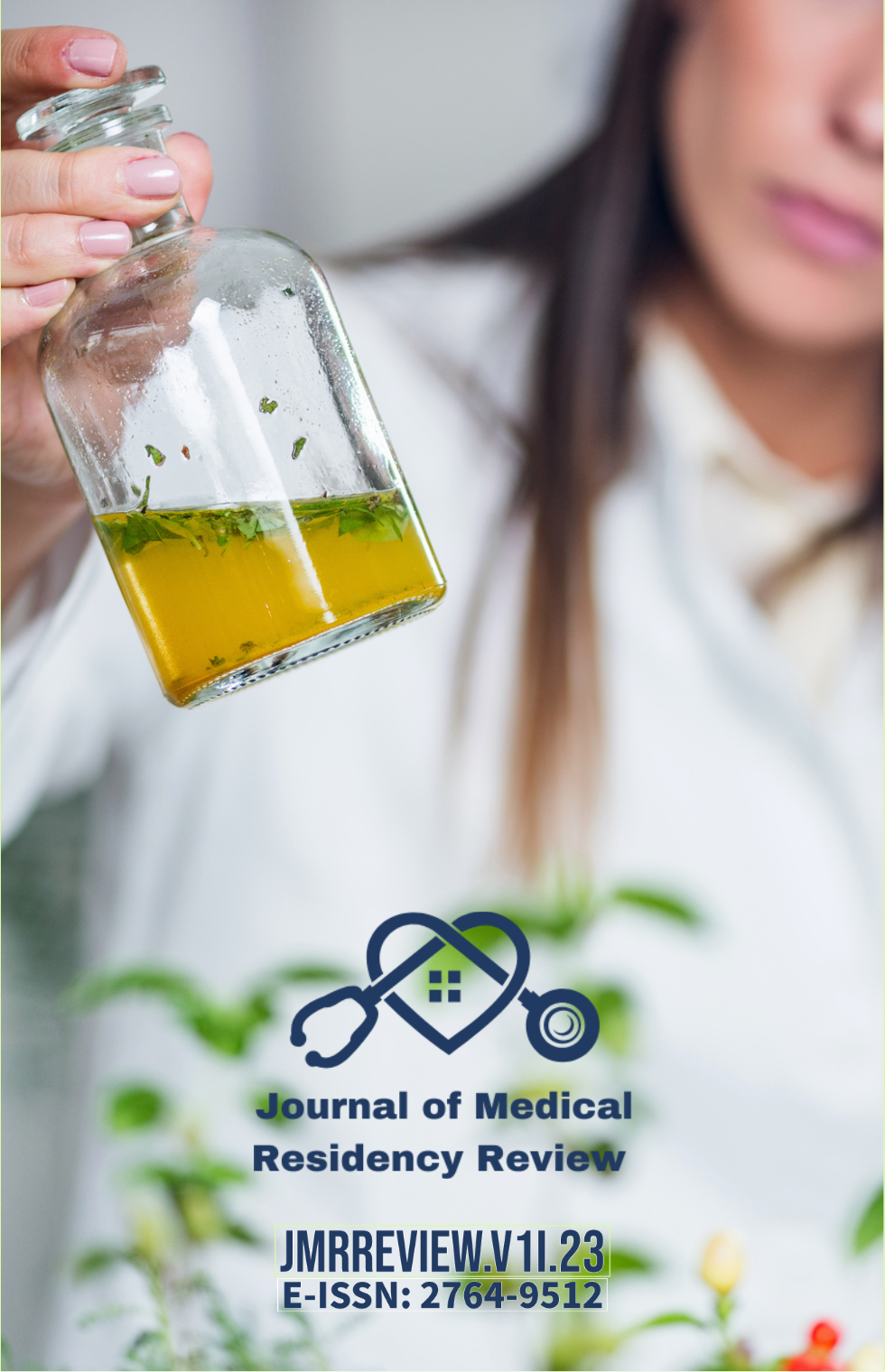Resumen
Introdução: O gênero Phyllanthus tem sido utilizado na medicina tradicional por sua ampla gama de atividades farmacológicas, como antimicrobiana, antioxidante, anticancerígena, anti-inflamatória, antiplasmódica, antiviral, diurética e hepatoprotetora.
Objetivo: Revisar a literatura especializada acerca dos efeitos medicinais do extrato de Phyllanthus niruri.
Método: As bases de dados escolhidas para seleção dos trabalhos foram a PUBMED, a LILACS e a SCIELO, utilizando a seguinte estratégia de busca: “Phyllanthus niruri”.
Resultados: Foram identificados 10 trabalhos que preencheram os critérios de inclusão previamente estabelecidos.
Conclusões: Os efeitos terapêuticos dos extratos de Phyllanthus, em especial do Phyllanthus niruri, ainda são controversos. Enquanto alguns autores sugerem efeitos positivos no tratamento da hepatite B, ainda não existe consenso sobre a referida positividade. Quanto ao tratamento da litíase urinária, pode-se afirmar que o popularmente conhecido “chá de quebra-pedra” não é capaz de quebrar cálculos, mas parece reduzir a excreção de substâncias promotoras de cristalização. Os potenciais efeitos antioxidantes e anti-inflamatórios dos extratos contendo Phyllanthus niruri parecem reduzir a taxa de formação e contribuir para a eliminação de pequenos cálculos ou de seus fragmentos.
Citas
BAIGUERA, Chiara et al. Phyllanthus niruri versus placebo for chronic hepatitis B virus infection: A randomized controlled trial. Complementary medicine research, v. 25, n. 6, p. 376-382, 2018.
COLPO, Elisângela et al. Antioxidant effects of Phyllanthus niruri tea on healthy subjects. Asian Pacific journal of tropical medicine, v. 7, n. 2, p. 113-118, 2014.
DHAWAN, Survandita; OLWENY, Ephrem O. Phyllanthus niruri (stone breaker) herbal therapy for kidney stones; a systematic review and meta-analysis of clinical efficacy, and Google Trends analysis of public interest. The Canadian journal of urology, v. 27, n. 2, p. 10162-10166, 2020.
DIRJOMULJONO, M. et al. Symptomatic treatment of acute tonsillo-pharyngitis patients with a combination of Nigella sativa and Phyllanthus niruri extract. International journal of clinical pharmacology and therapeutics, v. 46, n. 6, p. 295, 2008.
KAUR, Navneet; KAUR, Baljinder; SIRHINDI, Geetika. Phytochemistry and pharmacology of Phyllanthus niruri L.: a review. Phytotherapy research, v. 31, n. 7, p. 980-1004, 2017.
HOPIA, Hanna; LATVALA, Eila; LIIMATAINEN, Leena. Reviewing the methodology of an integrative review. Scandinavian journal of caring sciences, v. 30, n. 4, p. 662-669, 2016.
MICALI, Salvatore et al. Can Phyllanthus niruri affect the efficacy of extracorporeal shock wave lithotripsy for renal stones? A randomized, prospective, long-term study. The Journal of urology, v. 176, n. 3, p. 1020-1022, 2006.
NISHIURA, J. L. et al. Phyllanthus niruri normalizes elevated urinary calcium levels in calcium stone forming (CSF) patients. Urological research, v. 32, n. 5, p. 362-366, 2004.
SOWJANYA, Karri et al. Efficacy of Phyllanthus niruri on improving liver functions in patients with alcoholic hepatitis: A double-blind randomized controlled trial. Indian Journal of Pharmacology, v. 53, n. 6, p. 448, 2021.
SRIVIDYA, Nct al; PERIWAL, S. Diuretic, hypotensive and hypoglycaemic effect of Phyllanthus amarus. Indian Journal of Experimental Biology, v. 33, n. 11, p. 861-864, 1995.
WANG, M. et al. Herbs of the genus Phyllanthus in the treatment of chronic hepatitis B: observations with three preparations from different geographic sites. The Journal of laboratory and clinical medicine, v. 126, n. 4, p. 350-352, 1995.
WANG, M. X. et al. Efficacy of Phyllanthus spp. in treating patients with chronic hepatitis B. Zhongguo Zhong yao za zhi= Zhongguo Zhongyao Zazhi= China Journal of Chinese Materia Medica, v. 19, n. 12, p. 750-1, 764, 1994.

Esta obra está bajo una licencia internacional Creative Commons Atribución 4.0.
